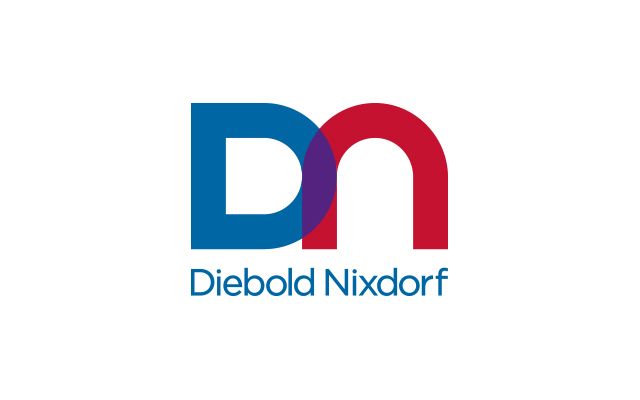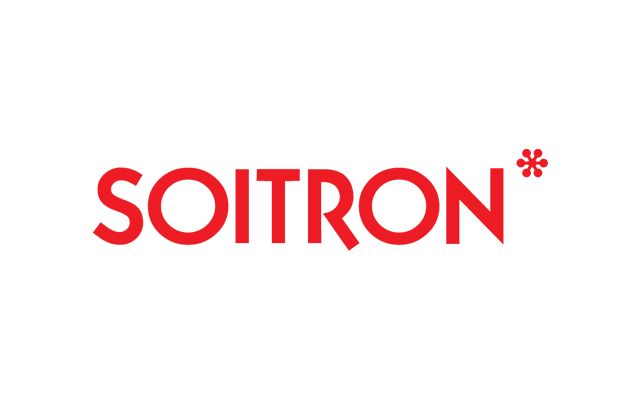CCNA 1 Module
Introduction to Networks
CCNA 1 Module
Introduction to Networks
CCNA 1: Introduction to networks is a first stage out of four to pursue for the preparation for Cisco Certified Network Associate (CCNA) exam.
CCNA1 introduces to students basic concepts in networking technologies and helps to develop skills needed for designing and implementing small networks.
Course options
Module CCNA1 is momentarily available only as a part of ICND1 package or in Composite module.
Day form (online):
MON - FRI from 08:00 AM to 4:00 PM
(min. number of participants: 4)
Distant form (online):
MON - FRI from 04:00 PM to 8:00 PM
Saturday from 8:00 AM to 4:00 PM
(min. number of participants: 4)
Prerequisites for training
- Basic computer skills,
- interest in learning new skills and self development in a technical field,
- general overview and knowladge of modern communication in the world of information and digital technologies,
- ability to work with the interface of the digital platform (Zoom, Cisco Webex, Microsoft Teams),
- respond flexibly to assigned tasks,
- ability to work in a team and fulfill study objectives.
Course objectives
The objective of the course is for the graduate, after its successful completion, to be able to:
- understand network terms, their purpose and meaning in data communication
- perform conversions between binary decimal and hexadecimal systems,
- create subnets with variable length of subnet mask,
- create simple LAN networks using router and switch,
- using the command line interface (CLI) to enter commands for the basic router and switch configuration,
- set the basic security of network devices in the data network,
- use common network tools to verify operation in a small network and analyze data transmission,
- describe layer models in data networks, function and addressing of each layer,
- connect networks using static routing (configuration of static routes),
- create summary static routes,
- backup and restore the configuration of individual devices in the network.
Benefits of the study
- Access to study materials in electronic form 24/7
- Study materials are available in slovak and english mutation
- Access to electronic book (e-book)
- Online access to the state of the art labs on real Cisco devices 24/7
- Online access to many state of the art exercises in Cisco Packet Tracer network simulator
- Option to graduate in Cisco Networking Academy Program free of charge
- Option to obtain internationally recognized certificates from Cisco
- Option to obtain reference letter from Cisco
- Option to lend computer hardware for free during the study
- Option of individual consultations with a lecturer beyond the scope of the study
Course overview
Chapter 1: Introduction to computer networks
- Methods of use of a network for work and communication.
- Network devices and topologies of LAN and WAN networks.
- Network components (routers, switches, physical media).
- Internet and its development.
- The roles between end devices (server-client and peer-to-peer models).
- Methods of communication in networks (unicast, multicast, broadcast).
- Protocol as a means of exchanging information.
- Numbers systems .
- Positional notation with a common base.
- Conversion between binary, decimal and hexadecimal systems.
- IP protocol, introduction to network segmentation.
- IP protocol characteristics as a basic tool for communication in networks.
- Hierarchical structure of IP protocol.
- Subnet mask and its impact on network segmentation.
- Network segmentation with variable length subnet mask (VLSM).
Chapter 2: Router and its role in a network, Cisco IOS CLI
- Operating System Cisco IOS.
- Structure and operation of Cisco IOS.
- Introduction to CLI.
- Navigation in CLI.
- Basic configuration of routers and switches.
- Network interface configuration of a router and a switch.
- Security of routers and switches.
- Security of remote management.
- Backup and recovery of a configuration.
Chapter 3: Introduction to routing, static routing
- Characteristics of basic concepts and processes of routing.
- Routing table.
- Differences between static and dynamic routing.
- Processes of routing.
- Static routing.
- Connecting remote networks via static routing.
- Configuration of static routing.
- Network summarization.
- Explanation and utilization of network summarization.
- Calculation of summary IP address in binary and in decimal system.
- Practice use of a network summarization in routing.
Chapter 4: TCP/IP and ISO/OSI layer models
- Characteristics of each layer and its function.
- Description of layers from the network perspective.
- Physical layer.
- Data link layer.
- Network layer.
- Transport layer.
- Session layer.
- Presentation layer.
- Application layer.
Chapter 5: Module review, preparation for the final exam
- Preparation for theoretical exam.
- Preparation for practice exam.



